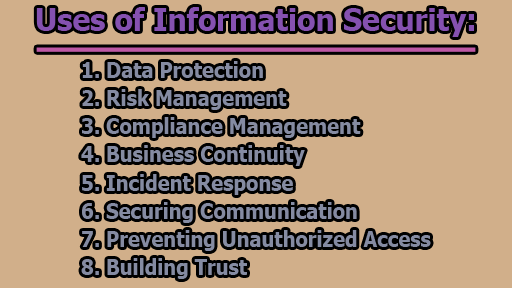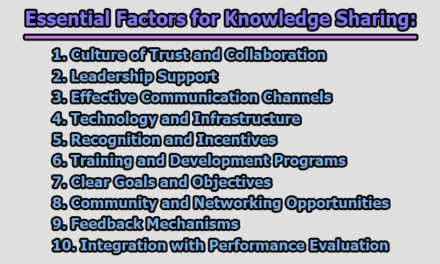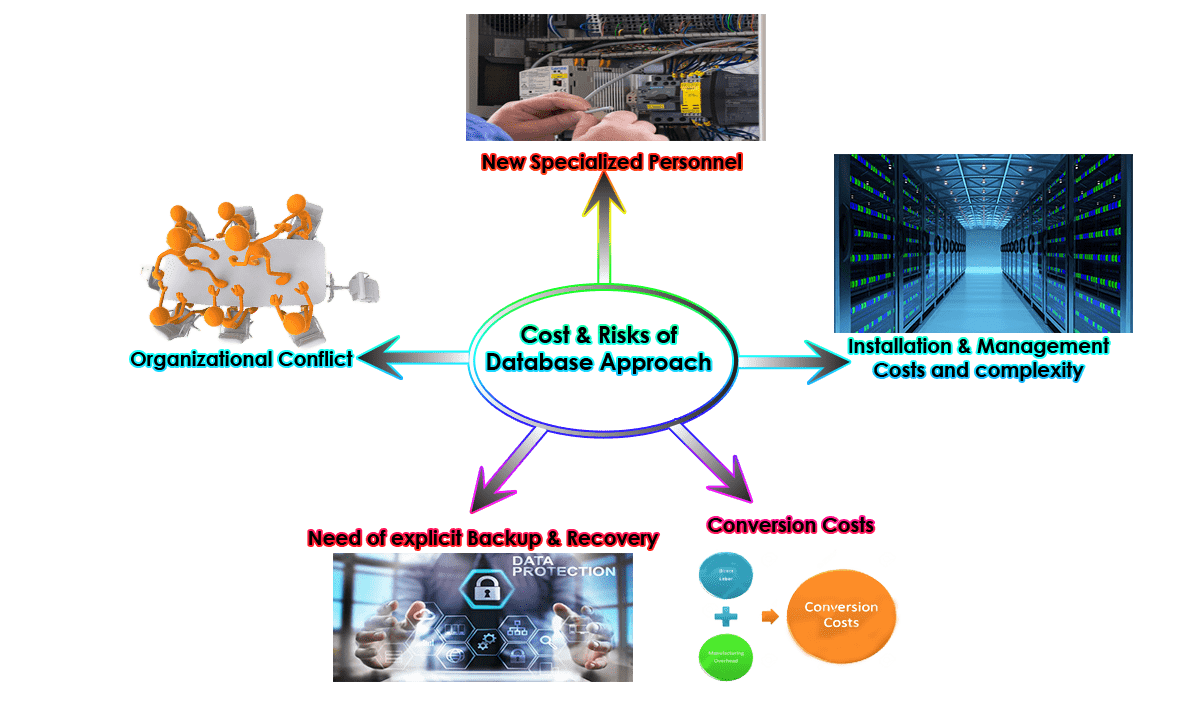Uses of Information Security:
In the fast-paced digital era, where information is a cornerstone of organizational success, the implementation of robust information security measures has become imperative. Information security comprises a comprehensive set of practices and technologies designed to protect sensitive data, ensure the integrity of information, and mitigate the risks associated with unauthorized access. This discussion explores the multifaceted uses of information security, delving into how it plays a pivotal role in various aspects of organizational functioning and broader societal contexts.
1. Data Protection: Information security serves as a bulwark against unauthorized access, disclosure, and tampering of sensitive data. Encryption, a fundamental aspect of data protection, transforms information into unreadable formats, decipherable only by authorized parties possessing the encryption key. Access controls further reinforce data protection by restricting access to specific individuals based on their roles and permissions. Secure storage mechanisms, such as firewalls and intrusion detection systems, fortify data protection efforts, creating a layered defense against potential breaches. By safeguarding critical information like customer data, financial records, and intellectual property, information security ensures the confidentiality and integrity of valuable organizational assets.
2. Risk Management: In the dynamic landscape of cyber threats, organizations face an ever-present risk of security incidents. Information security practices play a pivotal role in identifying, assessing, and mitigating these risks. Through systematic risk assessments, organizations can pinpoint vulnerabilities in their systems and processes. Implementation of risk management strategies involves the deployment of preventative measures such as firewalls, antivirus software, and intrusion detection systems. Additionally, continuous monitoring and threat intelligence help organizations stay ahead of emerging risks. By proactively managing risks, information security contributes to the reduction of the likelihood and impact of security incidents, fostering a more resilient and secure operational environment.
3. Compliance Management: Various industries operate within strict regulatory frameworks dictating how sensitive information should be handled. Information security is instrumental in ensuring compliance with these regulations, preventing legal consequences and preserving the trust of customers and stakeholders. Robust security measures, including data encryption, access controls, and regular audits, help organizations align with regulatory requirements. Compliance management extends beyond legal obligations, as adherence to industry standards and best practices further enhances the organization’s reputation. Information security practices thus become a proactive strategy to navigate a complex regulatory landscape while maintaining the integrity and confidentiality of sensitive data.
4. Business Continuity: Information security is integral to ensuring business continuity by safeguarding systems and data from disruptions. Whether caused by cyberattacks, natural disasters, or other unforeseen events, disruptions can have severe consequences for organizations. Robust security measures, including data backups, disaster recovery plans, and redundant systems, contribute to resilience in the face of adversity. In the event of a security incident or disaster, well-implemented information security practices enable organizations to recover quickly, minimizing downtime and ensuring the continuity of critical operations. By prioritizing business continuity, information security becomes a strategic asset that supports organizational stability and sustainability in a rapidly changing environment.
5. Incident Response: Information security frameworks include well-defined incident response plans to address security breaches promptly and effectively. Incident response involves a coordinated effort to detect, contain, eradicate, and recover from security incidents. Timely identification and containment of breaches are crucial for minimizing the impact on systems, data, and organizational operations. Incident response plans often include communication strategies to keep stakeholders informed and to mitigate potential reputational damage. By having a robust incident response mechanism in place, organizations can demonstrate resilience and adaptability, reducing the overall impact of security incidents.
6. Securing Communication: Information security measures play a pivotal role in securing communication channels, both within the organization and with external entities. Encryption protocols, secure email gateways, and virtual private networks (VPNs) ensure that sensitive information remains confidential during transmission. Secure communication practices protect against eavesdropping and unauthorized access, maintaining the privacy and integrity of the data exchanged. In an era where communication is increasingly digital and global, information security measures are essential for safeguarding sensitive information as it traverses networks and reaches its intended recipients.
7. Preventing Unauthorized Access: Access controls, authentication mechanisms, and identity management are integral components of information security aimed at preventing unauthorized access to systems and data. Multi-factor authentication, strong password policies, and role-based access controls ensure that only authorized individuals have the necessary permissions. By limiting access to sensitive information based on the principle of least privilege, organizations reduce the risk of internal and external threats. Preventing unauthorized access is fundamental to maintaining the confidentiality and integrity of data, safeguarding against data breaches and unauthorized modifications that could compromise the organization’s security posture.
8. Building Trust: Perhaps one of the most intangible yet fundamental uses of information security is its role in building trust. Effective information security practices demonstrate a commitment to protecting sensitive information, fostering trust among customers, partners, and stakeholders. Trust is a valuable asset that directly impacts an organization’s reputation and relationships. By consistently implementing and communicating robust information security measures, businesses signal their dedication to safeguarding the interests of those who interact with them. This trust, once established, contributes to the overall success and sustainability of the organization in a competitive and interconnected business environment.
In conclusion, information security is not merely a technical necessity but a crucial aspect of modern business strategy and societal well-being. The multifaceted uses of information security, from protecting sensitive data to ensuring regulatory compliance and fostering trust, underscore its indispensable role in today’s interconnected world. As organizations navigate an evolving threat landscape, the integration of robust information security measures becomes imperative for resilience, sustainability, and the continued trust of stakeholders. By embracing and adapting to the dynamic nature of information security, businesses contribute to a secure and trustworthy digital environment, promoting innovation and growth while safeguarding the integrity of valuable information assets.

Assistant Teacher at Zinzira Pir Mohammad Pilot School and College










